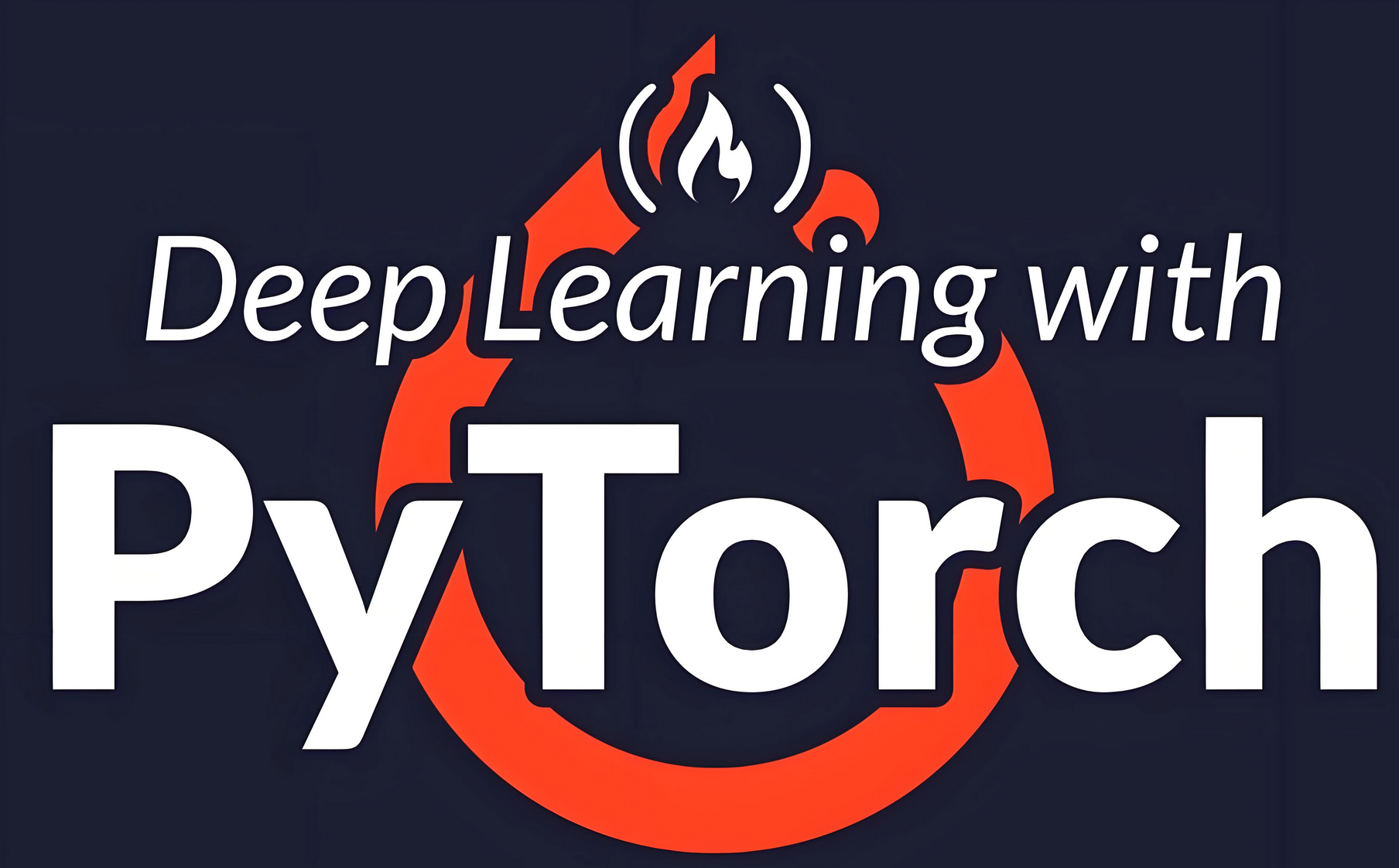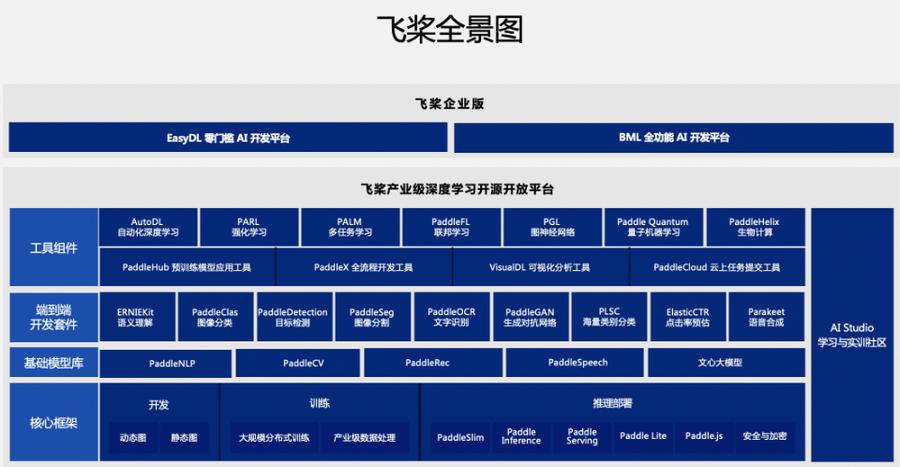tensorflow 实现wgan-gp mnist图片生成
tensorflow 实现wgan-gp mnist图片生成
版权声明:本文为博主原创文章,未经博主允许不得转载。 https://blog.csdn.net/qq_25737169/article/details/76695935
生成对抗网络GAN目前在图片生成以及对抗训练上取得了非常好的应用,本文旨在做一个简单的tf wgan-gp mnist 生成教程,所使用的代码非常简单,希望和大家共同学习。代码如下: 所使用的环境: tensorflow 1.2.0 GPU加速,CPU上也是可以的,就是很慢,可以把batchsize改小,用cpu好训练一些,顺便把生成图像代码处改一下,我的batchsize64,save_images的参数是[8,8],如果batchsize=16,就改为[4,4]
#coding:utf-8
import os
import numpy as np
import scipy.misc
import tensorflow as tf
from tensorflow.examples.tutorials.mnist import input_data #as mnist_data
def conv2d(name, tensor,ksize, out_dim, stddev=0.01, stride=2, padding='SAME'):
with tf.variable_scope(name):
w = tf.get_variable('w', [ksize, ksize, tensor.get_shape()[-1],out_dim], dtype=tf.float32,
initializer=tf.random_normal_initializer(stddev=stddev))
var = tf.nn.conv2d(tensor,w,[1,stride, stride,1],padding=padding)
b = tf.get_variable('b', [out_dim], 'float32',initializer=tf.constant_initializer(0.01))
return tf.nn.bias_add(var, b)
def deconv2d(name, tensor, ksize, outshape, stddev=0.01, stride=2, padding='SAME'):
with tf.variable_scope(name):
w = tf.get_variable('w', [ksize, ksize, outshape[-1], tensor.get_shape()[-1]], dtype=tf.float32,
initializer=tf.random_normal_initializer(stddev=stddev))
var = tf.nn.conv2d_transpose(tensor, w, outshape, strides=[1, stride, stride, 1], padding=padding)
b = tf.get_variable('b', [outshape[-1]], 'float32', initializer=tf.constant_initializer(0.01))
return tf.nn.bias_add(var, b)
def fully_connected(name,value, output_shape):
with tf.variable_scope(name, reuse=None) as scope:
shape = value.get_shape().as_list()
w = tf.get_variable('w', [shape[1], output_shape], dtype=tf.float32,
initializer=tf.random_normal_initializer(stddev=0.01))
b = tf.get_variable('b', [output_shape], dtype=tf.float32, initializer=tf.constant_initializer(0.0))
return tf.matmul(value, w) + b
def relu(name, tensor):
return tf.nn.relu(tensor, name)
def lrelu(name,x, leak=0.2):
return tf.maximum(x, leak * x, name=name)
DEPTH = 28
OUTPUT_SIZE = 28
batch_size = 64
def Discriminator(name,inputs,reuse):
with tf.variable_scope(name, reuse=reuse):
output = tf.reshape(inputs, [-1, 28, 28, 1])
output1 = conv2d('d_conv_1', output, ksize=5, out_dim=DEPTH)
output2 = lrelu('d_lrelu_1', output1)
output3 = conv2d('d_conv_2', output2, ksize=5, out_dim=2*DEPTH)
output4 = lrelu('d_lrelu_2', output3)
output5 = conv2d('d_conv_3', output4, ksize=5, out_dim=4*DEPTH)
output6 = lrelu('d_lrelu_3', output5)
# output7 = conv2d('d_conv_4', output6, ksize=5, out_dim=8*DEPTH)
# output8 = lrelu('d_lrelu_4', output7)
chanel = output6.get_shape().as_list()
output9 = tf.reshape(output6, [batch_size, chanel[1]*chanel[2]*chanel[3]])
output0 = fully_connected('d_fc', output9, 1)
return output0
def generator(name, reuse=False):
with tf.variable_scope(name, reuse=reuse):
noise = tf.random_normal([batch_size, 128])#.astype('float32')
noise = tf.reshape(noise, [batch_size, 128], 'noise')
output = fully_connected('g_fc_1', noise, 2*2*8*DEPTH)
output = tf.reshape(output, [batch_size, 2, 2, 8*DEPTH], 'g_conv')
output = deconv2d('g_deconv_1', output, ksize=5, outshape=[batch_size, 4, 4, 4*DEPTH])
output = tf.nn.relu(output)
output = tf.reshape(output, [batch_size, 4, 4, 4*DEPTH])
output = deconv2d('g_deconv_2', output, ksize=5, outshape=[batch_size, 7, 7, 2* DEPTH])
output = tf.nn.relu(output)
output = deconv2d('g_deconv_3', output, ksize=5, outshape=[batch_size, 14, 14, DEPTH])
output = tf.nn.relu(output)
output = deconv2d('g_deconv_4', output, ksize=5, outshape=[batch_size, OUTPUT_SIZE, OUTPUT_SIZE, 1])
# output = tf.nn.relu(output)
output = tf.nn.sigmoid(output)
return tf.reshape(output,[-1,784])
def save_images(images, size, path):
# 图片归一化
img = (images + 1.0) / 2.0
h, w = img.shape[1], img.shape[2]
merge_img = np.zeros((h * size[0], w * size[1], 3))
for idx, image in enumerate(images):
i = idx % size[1]
j = idx // size[1]
merge_img[j * h:j * h + h, i * w:i * w + w, :] = image
return scipy.misc.imsave(path, merge_img)
LAMBDA = 10
EPOCH = 40
def train():
# print os.getcwd()
with tf.variable_scope(tf.get_variable_scope()):
# real_data = tf.placeholder(dtype=tf.float32, shape=[-1, OUTPUT_SIZE*OUTPUT_SIZE*3])
path = os.getcwd()
data_dir = path + "/train.tfrecords"#准备使用自己的数据集
# print data_dir
'''获得数据'''
z = tf.placeholder(dtype=tf.float32, shape=[batch_size, 100])#build placeholder
real_data = tf.placeholder(tf.float32, shape=[batch_size,784])
with tf.variable_scope(tf.get_variable_scope()):
fake_data = generator('gen',reuse=False)
disc_real = Discriminator('dis_r',real_data,reuse=False)
disc_fake = Discriminator('dis_r',fake_data,reuse=True)
t_vars = tf.trainable_variables()
d_vars = [var for var in t_vars if 'd_' in var.name]
g_vars = [var for var in t_vars if 'g_' in var.name]
'''计算损失'''
gen_cost = tf.reduce_mean(disc_fake)
disc_cost = -tf.reduce_mean(disc_fake) + tf.reduce_mean(disc_real)
alpha = tf.random_uniform(
shape=[batch_size, 1],minval=0.,maxval=1.)
differences = fake_data - real_data
interpolates = real_data + (alpha * differences)
gradients = tf.gradients(Discriminator('dis_r',interpolates,reuse=True), [interpolates])[0]
slopes = tf.sqrt(tf.reduce_sum(tf.square(gradients), reduction_indices=[1]))
gradient_penalty = tf.reduce_mean((slopes - 1.) ** 2)
disc_cost += LAMBDA * gradient_penalty
with tf.variable_scope(tf.get_variable_scope(), reuse=None):
gen_train_op = tf.train.AdamOptimizer(
learning_rate=1e-4,beta1=0.5,beta2=0.9).minimize(gen_cost,var_list=g_vars)
disc_train_op = tf.train.AdamOptimizer(
learning_rate=1e-4,beta1=0.5,beta2=0.9).minimize(disc_cost,var_list=d_vars)
saver = tf.train.Saver()
# os.environ['CUDA_VISIBLE_DEVICES'] = str(0)#gpu环境
# config = tf.ConfigProto()
# config.gpu_options.per_process_gpu_memory_fraction = 0.5#调用50%GPU资源
# sess = tf.InteractiveSession(config=config)
sess = tf.InteractiveSession()
coord = tf.train.Coordinator()
threads = tf.train.start_queue_runners(sess=sess, coord=coord)
if not os.path.exists('img'):
os.mkdir('img')
init = tf.global_variables_initializer()
# init = tf.initialize_all_variables()
sess.run(init)
mnist = input_data.read_data_sets("data", one_hot=True)
# mnist = mnist_data.read_data_sets("data", one_hot=True, reshape=False, validation_size=0)
for epoch in range (1, EPOCH):
idxs = 1000
for iters in range(1, idxs):
img, _ = mnist.train.next_batch(batch_size)
# img2 = tf.reshape(img, [batch_size, 784])
for x in range (0,5):
_, d_loss = sess.run([disc_train_op, disc_cost], feed_dict={real_data: img})
_, g_loss = sess.run([gen_train_op, gen_cost])
# print "fake_data:%5f disc_real:%5f disc_fake:%5f "%(tf.reduce_mean(fake_data)
# ,tf.reduce_mean(disc_real),tf.reduce_mean(disc_fake))
print("[%4d:%4d/%4d] d_loss: %.8f, g_loss: %.8f"%(epoch, iters, idxs, d_loss, g_loss))
with tf.variable_scope(tf.get_variable_scope()):
samples = generator('gen', reuse=True)
samples = tf.reshape(samples, shape=[batch_size, 28,28,1])
samples=sess.run(samples)
save_images(samples, [8,8], os.getcwd()+'/img/'+'sample_%d_epoch.png' % (epoch))
if epoch>=39:
checkpoint_path = os.path.join(os.getcwd(),
'my_wgan-gp.ckpt')
saver.save(sess, checkpoint_path, global_step=epoch)
print '********* model saved *********'
coord.request_stop()
coord.join(threads)
sess.close()
if __name__ == '__main__':
train()生成结果:

第一个epoch生成结果

第39个epoch生成结果
实验总结:一开始使用DCGAN做实验,但是怎么调都不收敛,dcgan需要小心的平衡生成器和辨别器的训练成都,中间换了好几个学习率,效果都不太理想,就使用了wgan-gp,后者就好训练多了,完全不用担心训练失衡的问题,用着还是很顺手的。
腾讯云开发者

扫码关注腾讯云开发者
领取腾讯云代金券
Copyright © 2013 - 2025 Tencent Cloud. All Rights Reserved. 腾讯云 版权所有
深圳市腾讯计算机系统有限公司 ICP备案/许可证号:粤B2-20090059 深公网安备号 44030502008569
腾讯云计算(北京)有限责任公司 京ICP证150476号 | 京ICP备11018762号 | 京公网安备号11010802020287
Copyright © 2013 - 2025 Tencent Cloud.
All Rights Reserved. 腾讯云 版权所有



![[译]标准化Keras:TensorFlow 2.0中的高级API指南](https://ask.qcloudimg.com/http-save/yehe-1927950/uv143xgmqj.jpeg)

![Keras中创建LSTM模型的步骤[通俗易懂]](https://ask.qcloudimg.com/http-save/yehe-8223537/0534b28d6011a58a1944b53073449606.jpg)





